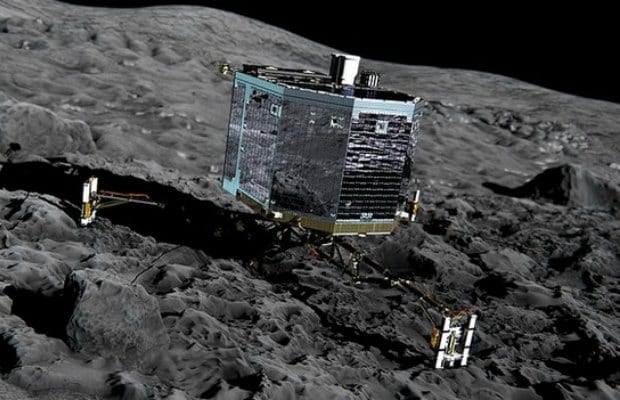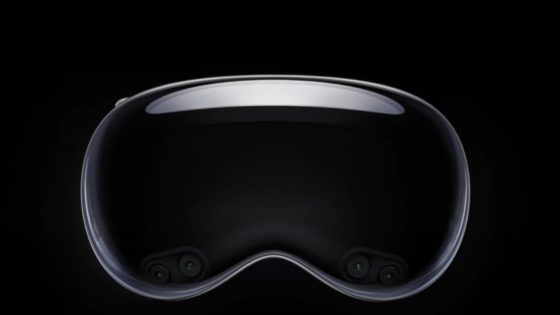The European Space agency has completed a dream over a decade in the making. On Thursday shortly after 10AM (CST) the spacecraft Philae landed on Comet 67P/Churyumov-Gerasimenko. This is the first time a spacecraft has ever soft landed on a comet.
“This is a big step for human civilisation,” said Jean-Jacques Dordain, the director-general of the European Space Agency (Esa).
The Philae lander separated from its mother ship Rosetta around 2:30PM (CST) this morning before heading on its 7-hour descent onto the comet. Once Philae had departed from Rosetta, the lander was in complete freefall onto the comet, with no possibility of steering once released on its own. The spacecraft had been trailing the comet for over a decade to learn about the composition of comets and how they interact with solar wind.
At touchdown Stephan Ulamec, the mission’s lander chief, joyfully announced, “Philae is talking to us… we are on the comet.”
SEPARATION CONFIRMED! Safe journey @Philae2014! pic.twitter.com/dsM5Xaedzp
— ESA Rosetta Mission (@ESA_Rosetta) November 12, 2014
After making the soft landing, the 220 pound lander fired its two harpoons to anchor the spacecraft to the comet’s surface.
Well done my friend! RT @Philae2014: Touchdown! My new address: 67P! #CometLanding
— ESA Rosetta Mission (@ESA_Rosetta) November 12, 2014
“Although we have landed on planets, moons and asteroids, it has never been attempted for a nucleus of a comet — and with good reason. These objects have a very low gravity, are loosely composed of ice, dust and rocks, and are very irregular in shape. They are temperamental in their behavior and notoriously difficult to predict,” astronomy expert Daniel Brown at Nottingham Trent University said.
“Comets such as 67P have already been exposed to the intense heat of the Sun in their past orbits, resulting in their surface being altered, but going beneath the surface will give us an insight into unchanged material, allowing us to peak into the chemical composition of our early solar system.
“Apart from the amazing scientific results, the sheer challenge and ambition of such a mission is outstanding and illustrates how our space exploration of the solar system has become more advanced and successful. It gives us much to hope for in future missions.”






















